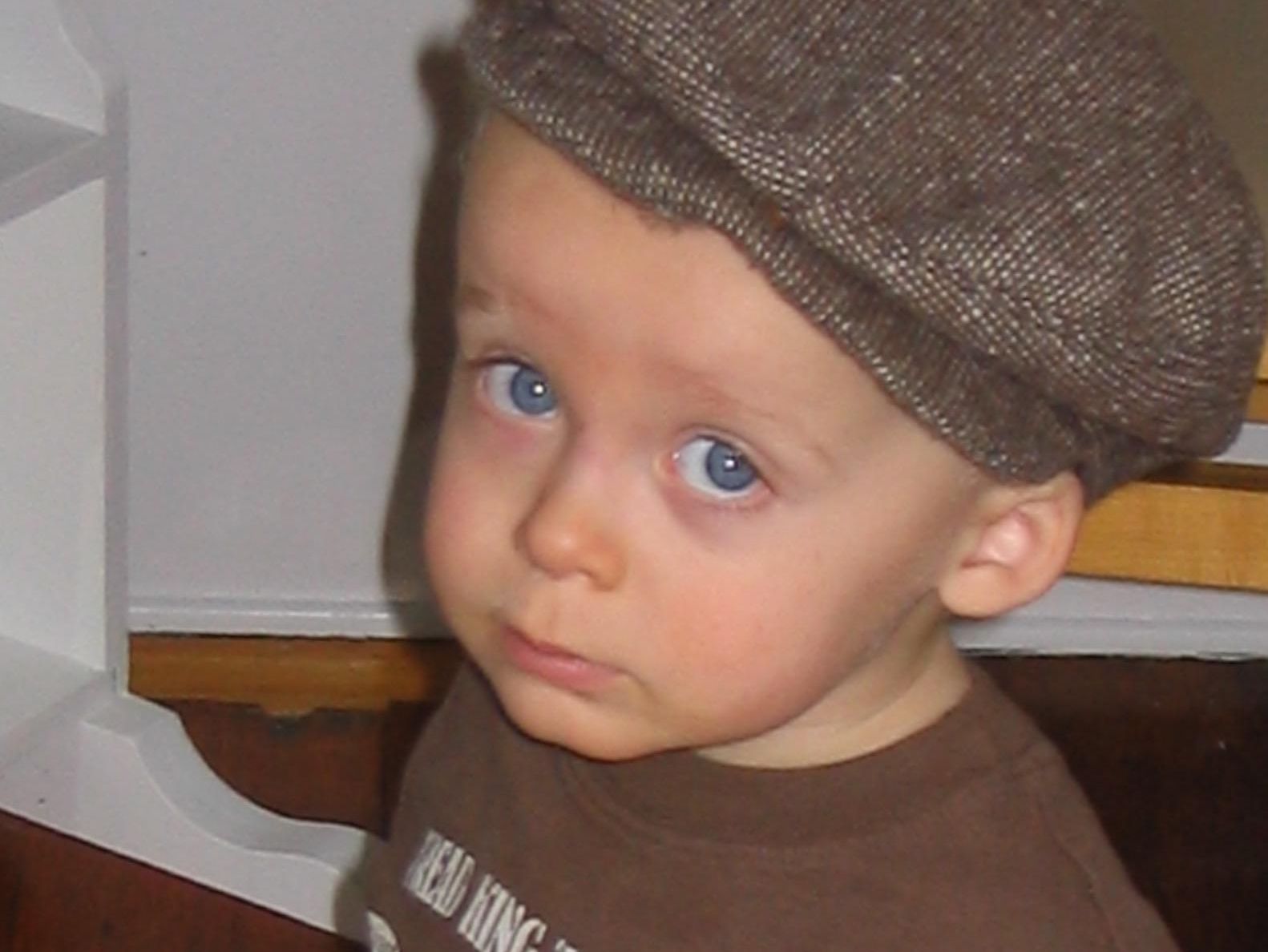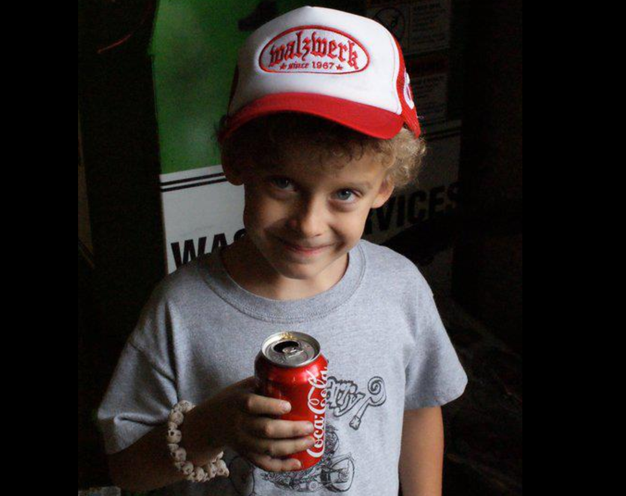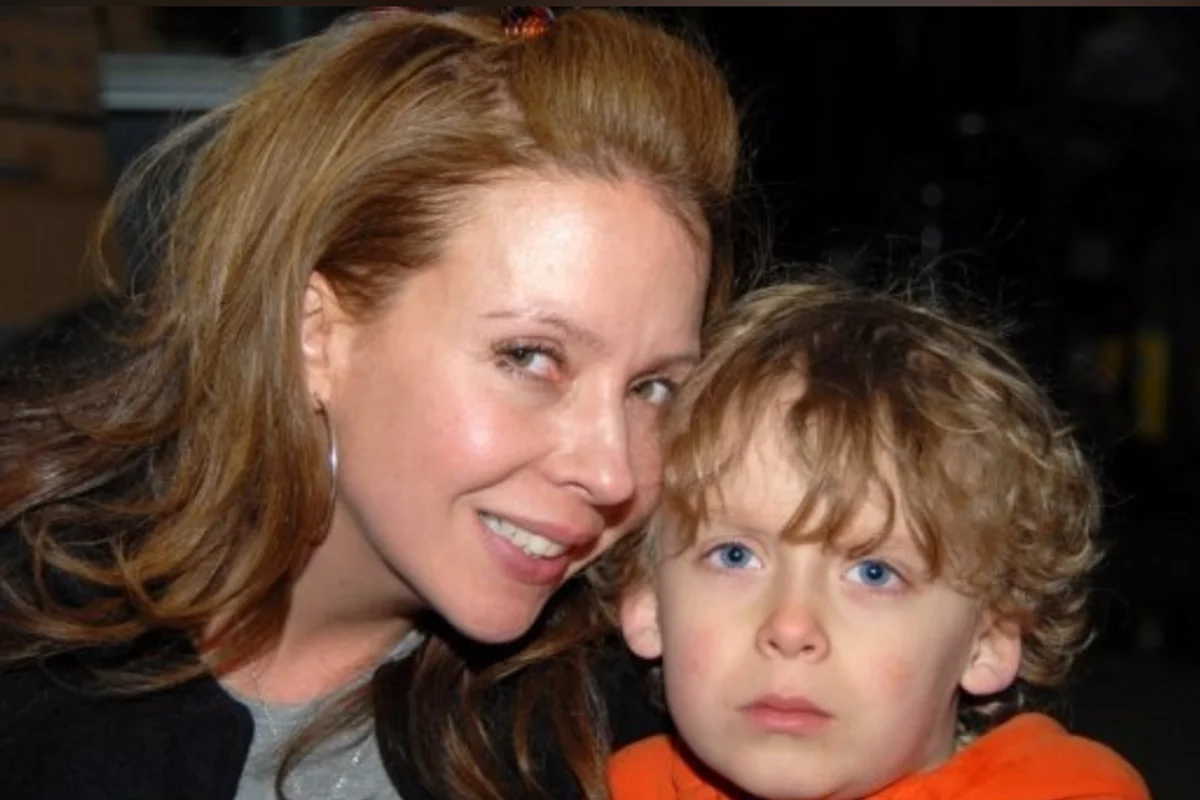As told to Jaimie Seaton
When our son Aidan was in pre-K, the teachers wanted to put him in a gifted school. But I felt like he was still a baby, and I wanted him to have a normal childhood and not be overwhelmed with schoolwork, so my husband and I opted to keep him in the same school, where he played soccer and chess. Even at that young age, he was a good chess player.
We had no reason to believe that anything was wrong with him or that anything was going on in his body until the latter part of first grade, in late March, when Aidan started having vision problems. He couldn’t see peripherally. He would bump into things and he started writing on an angle, neither of which seemed a big deal at that time. We just thought he needed glasses and that it would be an easy fix.

We went to an ophthalmologist and a pediatric ophthalmologist, and they both said he had 20/20 vision. So, then we went to a retina specialist, our pediatrician, and finally to a neurologist who did a physical checkup. He didn’t think anything was wrong but recommended an MRI to be thorough.
When we got the results of the MRI back in June, it was the first time we’d heard about this condition called adrenoleukodystrophy (ALD), which destroys the myelin in the brain and affects males most severely. ALD affects all aspects of neurological functioning and with Aidan it affected his vision first. A person’s ability to hear, see, walk, talk and eat — all of that is eventually taken away until you’re in a vegetative state and ultimately, die.
There was already a lot of damage done by the time Aidan was diagnosed, and we knew we had to do everything we could to save his life.
We had a trip to Disney World already planned when we got the diagnosis, and we decided it was important for our family to go. Aidan loved all the rides and was fearless. He didn’t know what was going on, and we tried to make the best of it. I’m grateful that we made that trip because it was the last thing we did as a family before Aidan went into the hospital.
It was overwhelming to have our lives turned upside down from one second to the next. Everything was fine — and then we received this life-altering diagnosis. When that happens, you don't really have a lot of time to think. We were in this mode to save Aidan’s life, and our decisions had to be made very quickly.
There are a few hospitals in the country that have expertise in this condition, one of which is in Minnesota, so we were on a plane to Minnesota the following week. At that time, in 2011, the only treatment for ALD was a bone marrow transplant, and Aidan was eligible. This was our only option, so we opted for it and moved our family down to North Carolina so he could get treatment at Duke.
That was very difficult because we were living in a city where we didn’t know anyone, though I’m grateful that Aidan’s grandparents came down and stayed with us and helped with our daughter, Sienna, who was 5 at the time.
We just lived day by day, taking turns living in the hospital because we never left Aidan alone. It was turmoil, praying for a good outcome but getting hit with more and more bad news.
Aidan received his bone marrow transplant on his seventh birthday. But because he had a late-stage diagnosis, he lost all of his abilities and he spent seven months in the hospital before being transferred to NYU, where he spent an additional three months.
On April 29, 2012, Aidan died at the age of 7 ½.

While I was living in the hospital, I did research on anything that could change the course of Aidan’s condition, and I remember lying in the bed with him and reading that there was a newborn screening test for ALD — but not one state was putting it to use. I knew that it would have meant the difference between life and death for Aidan as well as thousands of other boys out there. Though this condition is rare, it’s not that rare: It strikes 1 in 15,000. So why wasn’t the test part of the routine newborn screening done in every state?
I called the newborn screening lab in Albany as I lay in bed next to Aidan. I got one of the directors on the phone and was told that they wanted ALD to be tested for, but, as a government agency, their hands were tied.
I just knew at that moment that I wanted to do everything I could to prevent this from happening to other boys and other families. By the end of 2012, I had started a foundation in Aidan’s honor and embarked on a mission to have every baby in New York screened for ALD.
Finally, after about 6 months of fighting, Aidan’s Law was signed in New York, on March 29, 2013 — exactly 11 months to the day of losing Aidan — making it the first state in the country to test all babies born for ALD. Since that time, our foundation, ALD Alliance, has worked in many other states to add ALD testing. Today we are testing for ALD in 29 states and working toward federal legislation to ensure every baby born throughout the country is tested for all newborn screening conditions that have treatments.
I feel grateful to Aidan because I feel like I’m a vehicle, and my love for him keeps me going. I promised him that I would make this happen before I died.
I’ve had the privilege of meeting the family of a boy who was diagnosed in New York, thanks to newborn screening done because of Aidan’s Law. I was so grateful to meet them and to know that his life will be different because of my son. Today, I’ve met many families as we continue our work and hold annual ALD Standards of Care Meetings every January. I’m grateful and blessed to have these families in my life and to know their lives will be different because of newborn screening.
I think Aidan would be proud of me.







